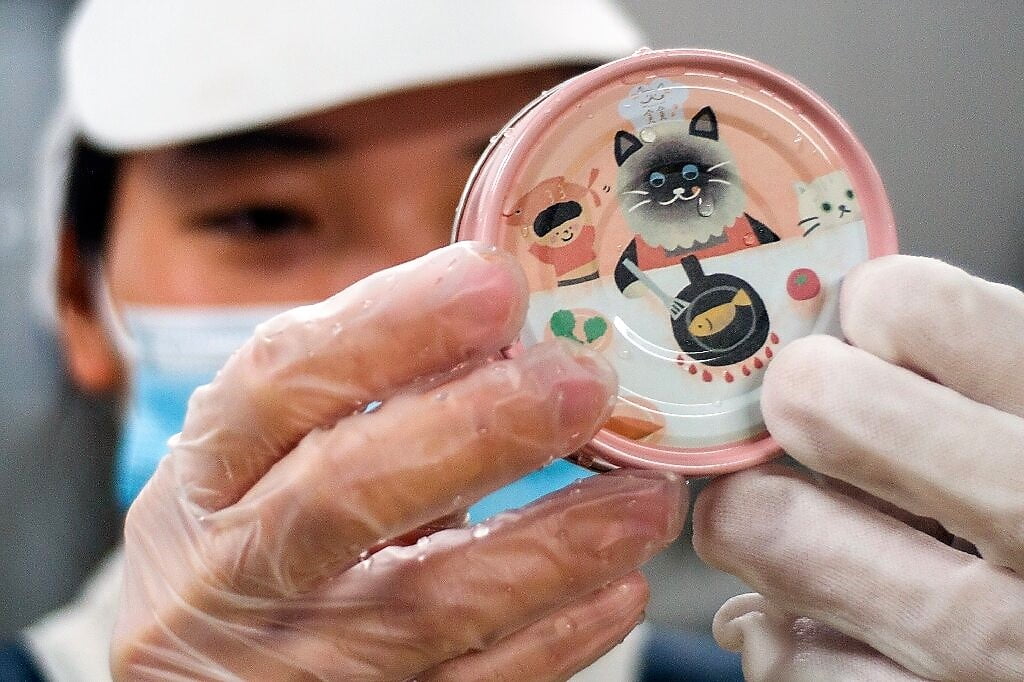I think this comparison is reflective of the culture of these two countries. I’ve made a mistake already by calling them ‘two countries’. According to China they are the same country: China. But they have different cultures as shown by their attitude towards making what I have described as ‘artificial cat food’.
You know there’s a trend right now to make cat food out of products other than the flesh of animals. Actually, that has been happening for a long time because a lot of what is in cat food is not the flesh of animals. However, the time has come to create cat food from something entirely new which helps to improve the environment in the interests of curbing global warming and to make manufacturing more sustainable. There are other motivators such as economics.
China – industrial waste cat food

Chinese scientists claim that they can turn industrial emissions into animal feed. They want to synthesise industrial exhausts containing carbon monoxide, carbon dioxide and nitrogen and turn it into proteins using a bacterium called Clostridium autoethanogenum.
They are turning toxic waste into synthetic protein to feed farm animals and I presume ultimately pets. China has to import 80% of its raw material needs for feed proteins. They believe that producing synthetic proteins for animal feed on a very large scale would help its decarbonisation program.
However, a prime motivator for developing this strange technology is to reduce dependence upon imports of soya bean which are used to produce meal to feed it pig herds which are the world’s largest.
The question is: can you make good quality food for animals from industrial exhausts? It seems that the main motivation for this technology is economical whereas for Taiwan the motivation is improved quality and sustainability (less waste).
Taiwan – silkworm cat food

Taiwan has gone down a different route in the production of ‘artificial’ animal food. They are using silkworm pupae, mainly a waste or byproduct in the silk producing businesses. It’s a new cat food developed by silkworm experts. On the face of it, this is more natural than the Chinese industrial waste food because cats eat insects anyway.
A cat café manager, Rosa Su, claims that this novel cat food is healthy for cats and that they have more energy and less smelly faeces. Feedback has been positive.
The pupae are rich in protein, fat and minerals. The Miaoli Agricultural Research and Extension Station boosts this inherently useful content with immune proteins which helps to kill harmful bacteria. They do that by stressing the silkworms which makes them think that they are in danger which in turn forces them to produce more of these immune proteins.
As I understand it, it’s why cats who feed on this cat food have less smelly poop. It seems that they have improved gut flora a bit like people taking probiotics to improve their gut health.
A can of silkworm cat food costs the equivalent of US$2.43 which is a bit more than the average cost. They think it’ll sell well because of its eco-friendly manufacturing process. The world is more switched on to protecting the environment.
The CEO of the company producing the product said that the response has been overwhelmingly good. Another factor is that today’s cat owners are more switched on to ingredients and nutrients.
There has been a lot written about the generally poor ingredients of typical cat food. It seems that this silkworm cat food appeals because it is higher in the essential ingredients and nutrients required by cats.

